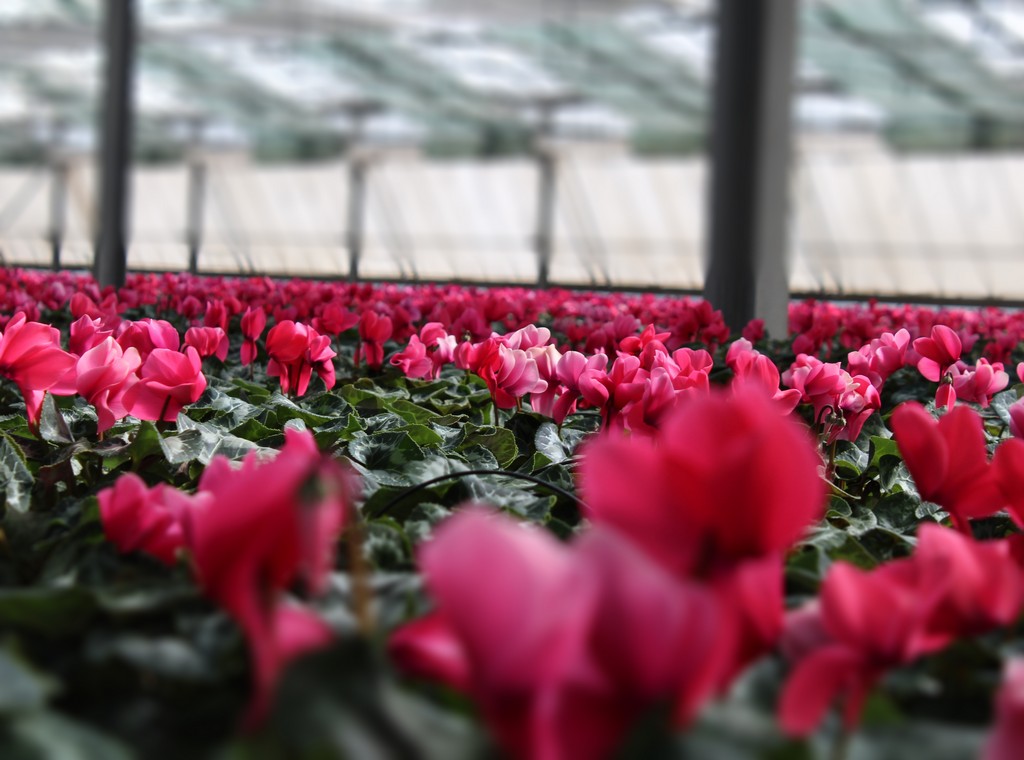The cyclamen campaign of Floramiata start!
With cool, slightly humid climate and in sheltered positions they will bloom abundantly from autumn to early spring.
It is a highly appreciated ornamental plant. The leaves are heart-shaped and are medium green with white veins. The flower is made up of five petals facing upwards that give the cyclamen flowers a particular and unmistakable shape. They can be of various colors: white, pink, peach-colored, apricot-colored and with little purple streaks. When the flowering comes to an end, the plant produces fruits in the shape of a round capsule. Inside are the seeds, numerous and very small.
On the terrace, place them to the south-east or south-west, while in the garden in a flowerbed under the crown of an evergreen tree, so that the flowers are not affected too much by the rain. Keep the soil moderately moist, intervening only when the leaves begin to wilt, and fertilize them every 7-10 days with a liquid product specific for cyclamen and bulbous. To remove the withered flowers or the yellowed leaves, tear them at the base with a sharp stroke.
Venne introdotto in Europa nel 1600 ed è ad oggi una delle più comuni piante da vaso. Iniziarono a coltivarlo e a selezionarlo in Inghilterra, ma poi vi si appassionarono anche in Francia e Germania al punto che già all’inizio del 1900 erano state prodotte delle cultivar dal fiore doppio o con i petali sfrangiati. Si è poi andati alla ricerca di cultivar nane e profumate, anche se, in quest’ultimo caso, con scarso successo.[/vc_hoverbox]
Curiosity
The cyclamen is known from very ancient times, it was described by the Greek philosopher Theophrastus, in 300 BC, as a useful plant to excite love and sensuality and this belief was perpetrated following in the footsteps of his teacher Aristotle.






